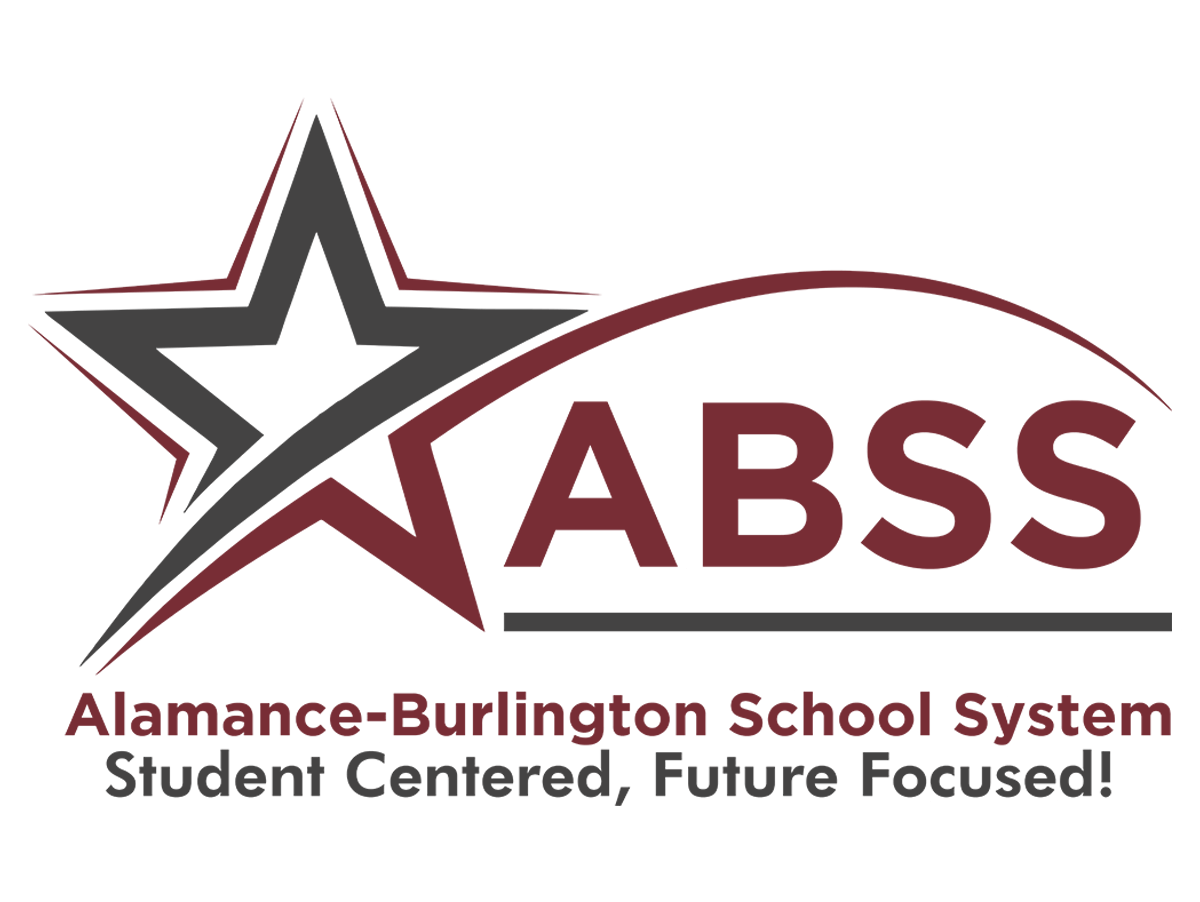The Alamance-Burlington School System saw significant gains in the 2022-23 school year, according to North Carolina's state test results presented to the State Board of Education today. Fifteen of the District's 36 schools maintained school performance grades of C or higher. Hawfields Middle School improved from a C to a B, while Hillcrest Elementary moved up from an F to a D grade.
Overall, 26 ABSS schools met growth expectations during the school year, with 6 exceeding overall expectations. On the state's required standardized tests, 20 of the District's 27 elementary and middle schools met or exceeded reading growth expectations, while 21 schools reached math growth expectations.
These gains mirror the overall recovery trends across North Carolina, with students across all grades, subjects, and subgroups making progress after the learning disruptions caused by the COVID-19 pandemic.
“I'm encouraged by this newly released data. One of my main objectives last year was to give teachers autonomy to be creative in their classrooms to meet each student’s needs. These scores indicate that we are moving our schools in a positive direction,” said Dr. Dain Butler, Superintendent.
“We will also maintain our commitment as a District to build relationships with students and families, and continue offering intervention programs like evening and Saturday academies that provide the extra support our students need to stay on track.”
State Superintendent of Public Instruction Catherine Truitt said last year’s accountability results show that schools remain on track to recover from the significant setbacks caused by COVID-19.
“It’s hard to overstate the impact of the pandemic,” Truitt said, “but teachers across North Carolina are working harder than ever to help students recover, and more importantly, advance in their learning. We owe them our gratitude for meeting this challenge to improve outcomes for students.
“We’ve now seen two consecutive years of gains that were greater than any of the several years preceding the pandemic losses, when year-to-year changes in average scores were generally flat, or in some cases, declining. Students and schools still have a way to go to catch up, but we have good reason to think that progress will continue,” Truitt said. “As more early-grades teachers adopt literacy instruction grounded in the science of reading, students will be stronger readers as they progress through elementary school and into middle school. We’re going to see continued improvement in those test scores and others.”
The performance of North Carolina students during the 2022-23 school year also mirrors trends reported in recent weeks by several other states that showed gains last year, particularly in math and science, after sharp declines in performance levels in the wake of the pandemic.

